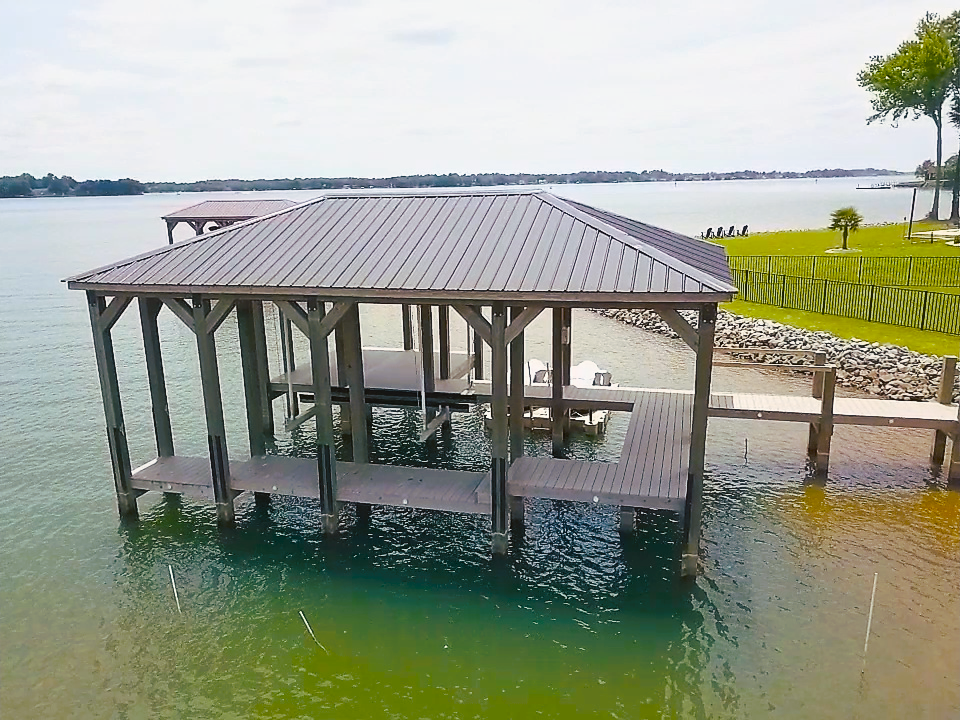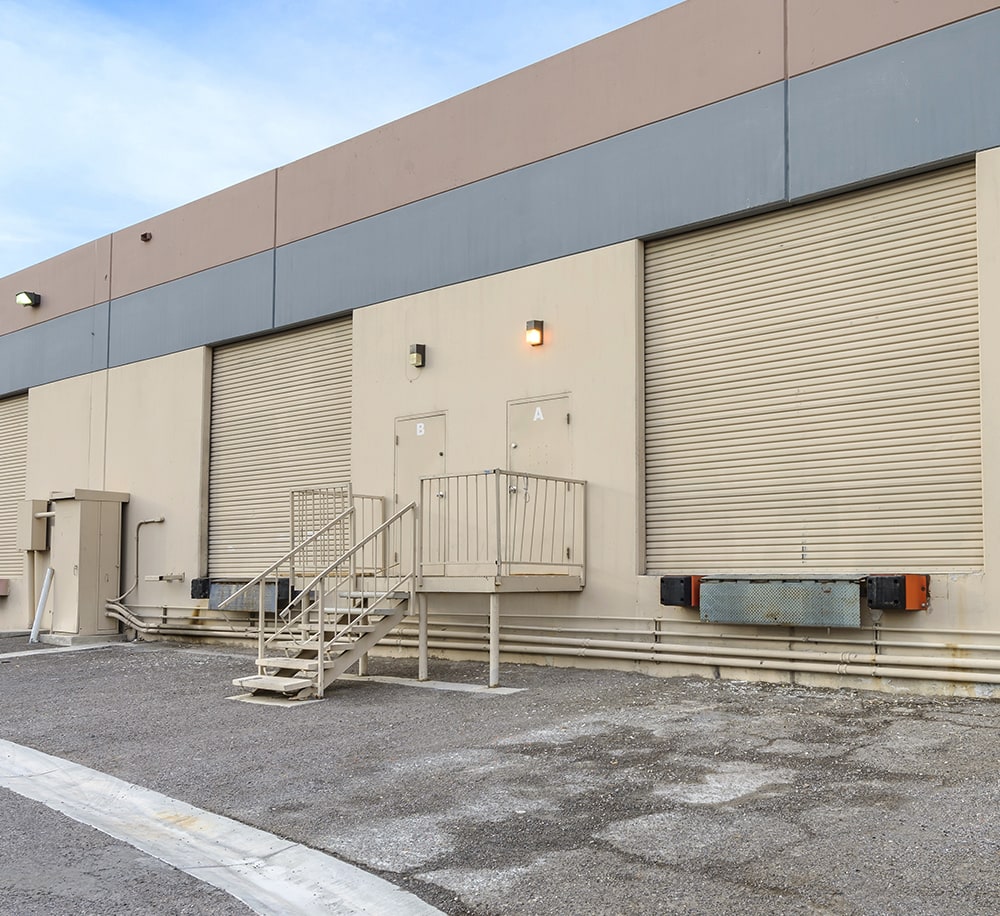Why Normal Upkeep Can Lower Future Dock Repairs
Why Normal Upkeep Can Lower Future Dock Repairs
Blog Article
Reliable Dock Fixing Techniques: Ensuring Architectural Integrity
Guaranteeing the structural stability of docks through effective repair strategies is extremely important for the long life and security of aquatic facilities. This includes a multi-faceted technique starting with extensive evaluations using innovative modern technologies like sonar equipment and from another location operated vehicles (ROVs) to spot both noticeable and hid damages. Subsequently, picking the ideal repair work materials, such as composite materials and corrosion-resistant alloys, is crucial for durability. Architectural reinforcement methods, consisting of the implementation of cross-bracing systems and load-distribution plates, play an essential function in mitigating stress points. The relevance of these techniques ends up being evident when checking out innovative fixing methods and preventative upkeep strategies.
Assessing Dock Damage
Examining dock damages is a critical first action in making sure the architectural stability and security of any type of docking center. Trick facets to examine include the dock's foundation, pilings, decking, and equipment (Dock Repairs).
Architectural designers or certified examiners normally do these analyses using specialized techniques and devices. For example, undersea assessments may utilize finder tools or from another location ran automobiles (ROVs) to discover submerged damages. Over water, aesthetic evaluations are complemented by utilizing wetness meters and other analysis tools to discover underlying issues not quickly noticeable to the naked eye.

Deciding On Repair Service Products
Selecting the appropriate repair products is an essential step in the dock restoration procedure, one that directly affects the long life and performance of the fixed framework. Material selection have to be driven by aspects such as environmental conditions, load-bearing requirements, and compatibility with existing dock components.
Along with wood, composite products are significantly prominent because of their sturdiness and low upkeep needs. Composites, usually made from a blend of plastic and timber fibers, provide excellent resistance to rot, pests, and UV damage. For steel docks, picking corrosion-resistant alloys such as galvanized steel or marine-grade light weight aluminum is necessary to avoid corrosion and ensure architectural stability in saline water problems.
Epoxy materials and marine-grade sealants are essential for fixing splits and sealing joints, offering a water resistant obstacle and enhancing the dock's general stamina. By meticulously selecting premium products, dock repair work can accomplish durable results, thus securing versus future degradation and guaranteeing risk-free, trustworthy usage.
Structural Reinforcement Strategies
Efficient structural reinforcement strategies are critical in making certain the security and long life of dock repairs. One fundamental method involves using steel or composite reinforcement bars (rebar) within concrete structures. Rebar supplies extra tensile stamina, protecting against splits and dispersing lots extra equally. This approach is especially efficient for docks exposed to heavy loads or harsh environmental problems.
Another important technique is the application of fiber-reinforced polymers (FRP) These products provide high strength-to-weight ratios and excellent resistance to directory corrosion, making them perfect for reinforcing wood or concrete docks. FRP can be used in strips or sheets and bonded with epoxy resins to enhance architectural stability.
Supporting and anchoring systems also play an essential role in architectural reinforcement. Cross-bracing, making use of metal or wood beam of lights, can counteract side forces, lowering persuading and movement. Securing systems, such as helical piers or driven piles, provide a secure foundation by moving loads to much deeper, much more secure soil layers.
Lastly, the combination of load-distribution plates can help disperse weight much more equally across the dock's surface, minimizing localized stress and anxiety points. These strategies collectively make certain that anchors remain durable and risk-free, qualified of enduring the roughness of their operational setting.
Advanced Repair Work Methods

One more sophisticated method includes underwater welding, which enables for fixings to be performed without the demand to dewater the location. This approach is particularly advantageous for dealing with structural issues in submerged dock components, ensuring minimal disturbance to procedures. Boosted welding strategies, combined with robotic systems, deliver precision and integrity, therefore extending the life-span of the dock.
In addition, cathodic security systems are executed to prevent corrosion in metal dock frameworks. By utilizing sacrificial anodes or amazed current systems, these techniques effectively minimize the electrochemical procedures that result in material wear and tear.
Lastly, advanced tracking innovations, such as structural wellness surveillance (SHM) systems, provide real-time information on the problem of dock frameworks. These systems make it possible for aggressive upkeep and prompt interventions, ultimately ensuring the long-lasting architectural stability of the dock.
Upkeep and Prevention
Upkeep and prevention are basic concepts that underpin the long life and safety of dock frameworks. Normal inspections are vital, permitting for very early detection of deterioration, possible weak points, and environmental impacts. A positive strategy, involving routine checks for rust, rot, and architectural changes, reduces expensive repairs and extends the dock's functional life.
Safety nets must consist of applying safety coverings to steel components to defend against rust and using cured timber to resist degeneration. Additionally, guaranteeing visit this website appropriate drainage and ventilation can stop water buildup, which is a common root cause of architectural destruction. Incorporating quality products and sticking to supplier guidelines throughout building and construction and repair work stages also play important duties in boosting resilience.

Training personnel in dock upkeep ideal methods makes sure constant application of precautionary measures. Leveraging technical breakthroughs, such as drones for evaluations and sensors for real-time surveillance, can additionally improve maintenance initiatives. By prioritizing maintenance and avoidance, dock owners can ensure architectural honesty, operational safety, and cost-efficient monitoring over the dock's life expectancy.
Final Thought
In conclusion, maintaining the structural stability of aquatic centers demands comprehensive dock repair work methods. Advanced fixing strategies, coupled with regular maintenance methods, make certain the dock continues to be operational and safe under diverse environmental conditions.
Making sure the architectural stability of anchors via reliable fixing strategies is extremely important for the longevity and safety of marine facilities.Selecting the appropriate repair materials is a critical step in the dock repair procedure, one that straight affects the durability and efficiency of the repaired structure.Effective structural support techniques are crucial in making certain the security and long life of dock repair services. By focusing on maintenance and prevention, dock owners can guarantee structural integrity, operational safety, and cost-effective try this out monitoring over the dock's life-span.
In verdict, preserving the architectural integrity of marine centers demands detailed dock repair service methods.
Report this page